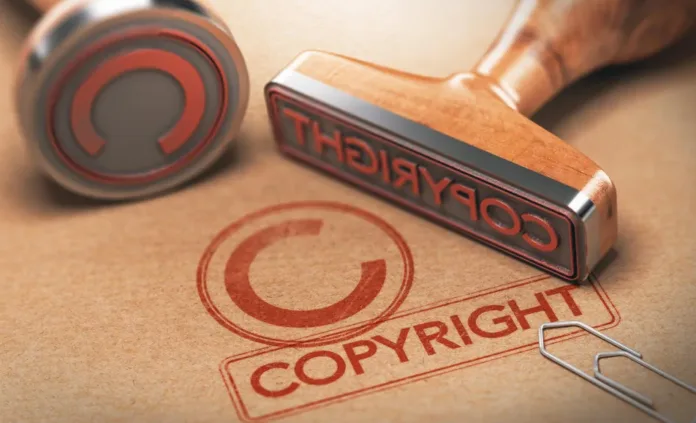Legal debate grows over whether films and songs enter the public domain after 60 years in India
The expiry of copyright protection for films and songs after 60 years has triggered a heated legal debate in India, raising questions about whether classic movies and tracks can now be freely used without authorisation.
Films such as Andaz (1949) and Albela (1951), and songs like Pyar Hua Iqrar Hua (1956) or Haal Kaisa Hai Janab Ka (1958), have all crossed the 60-year threshold. But can they be played, reproduced or adapted without paying royalties to producers or rights holders?
Under the Copyright Act, 1956, the term of protection for cinematograph films and sound recordings lasts 60 years from the date of publication. Once expired, they move into the public domain. Section 52(1)(y) makes it clear that the exhibition of a film after its copyright term does not constitute infringement. Similarly, Sections 26 and 27 confirm that sound recordings and films enjoy protection only for 60 years.
When that term ends, the exclusive rights of the copyright holder under Section 14(d) and 14(e) — covering reproduction, sale, hire, and public communication — are extinguished. In theory, anyone can then exploit the film or recording without needing permission.
However, the dispute arises over “underlying works” — the lyrics, music compositions, scripts, and dramatic works incorporated within a film or sound recording. Section 22 provides a much longer copyright term: the author’s life plus 60 years. This apparent conflict has left courts, lawyers, and industry stakeholders divided.
The issue first surfaced in IPRS v. Eastern Motion Pictures Ltd (1977), when the Supreme Court held that film producers are the first owners of the embedded works. In 2012, the Delhi High Court, in IPRS v. Aditya Pandey, reinforced this view, calling a sound recording an “integrated whole” in which lyrics and music cannot be separated for copyright purposes. Communicating the recording to the public, the court said, does not infringe underlying works once the sound recording’s term expires.
Embed from Getty ImagesThe debate sharpened in IPRS v. ENIL, PPL v. CRI (2021), where a single judge again held that exhibition of a film or sound recording after copyright expiry does not infringe the embedded works. The ruling, now pending before a division bench, relied heavily on the “theory of merger” — the idea that once lyrics and music are merged into a recording, they form a single inseparable work whose protection ends when the recording’s term ends.
Yet critics argue this undermines Section 22. If lyrics and music are protected for the author’s life plus 60 years, should their rights vanish just because they were embedded in a recording that expired earlier? The Delhi High Court in ENIL v. Super Cassettes emphasised that underlying works and sound recordings are distinct, each deserving full recognition.
The question has major commercial implications. If the 60-year limit governs everything, iconic tracks like Leke Pehla Pehla Pyar could be freely reused without licences or royalties. But if underlying works remain protected, producers and musicians could still demand authorisation and payments.
The statute itself is clear that films and sound recordings lose protection after 60 years. Courts applying the principle of harmonious construction have tried to balance this with Section 22, arguing that while the underlying works survive, their use through the expired recording does not infringe them. Only when such works are exploited independently — for example, using lyrics or sheet music apart from the film — would permission still be needed.
The controversy is now at a critical juncture. The division bench ruling on IPRS v. ENIL could finally resolve whether the 60-year expiry extinguishes all rights in merged works or whether parallel rights survive. Until then, the legal position remains unsettled, leaving India’s film and music industry in limbo.
